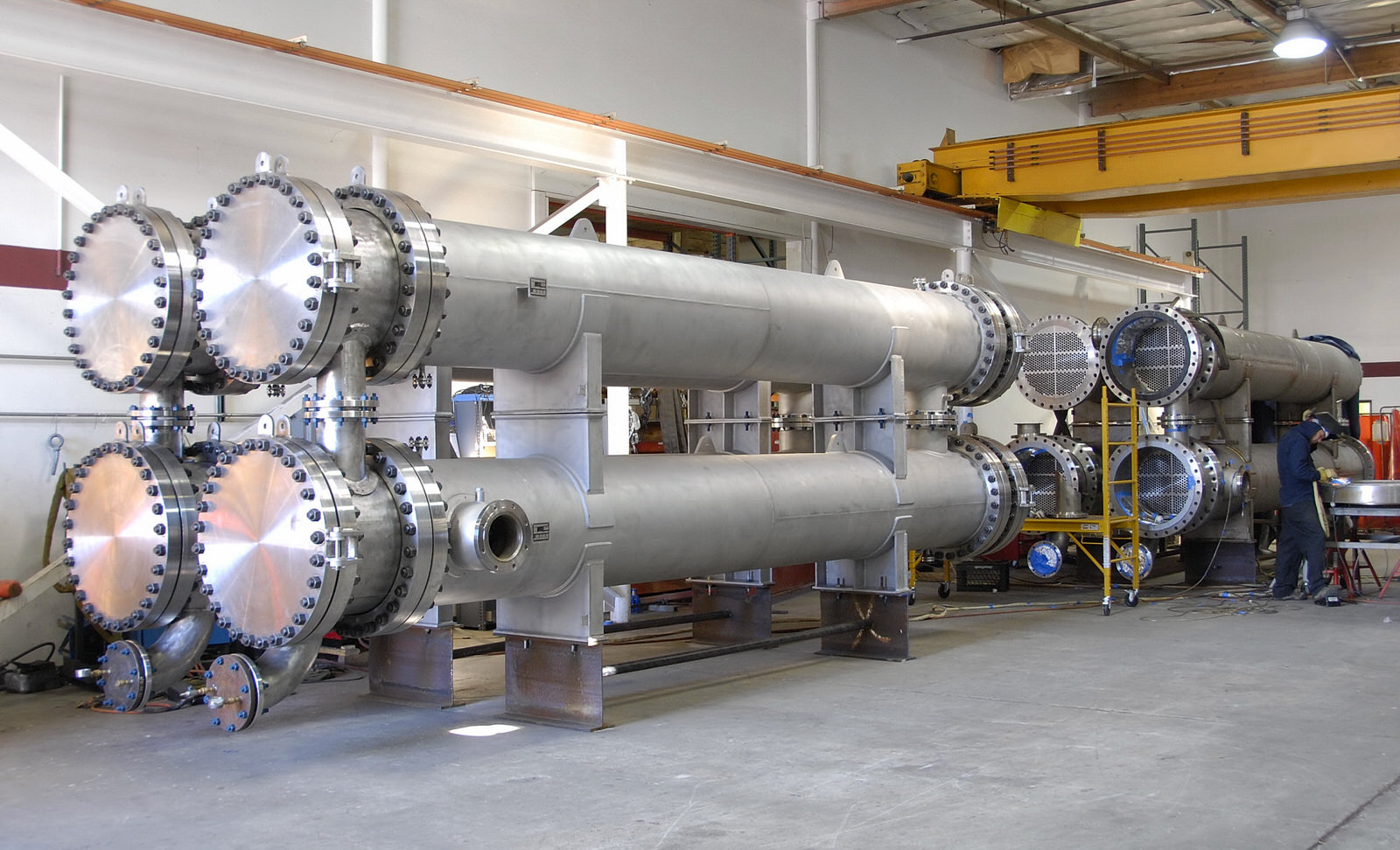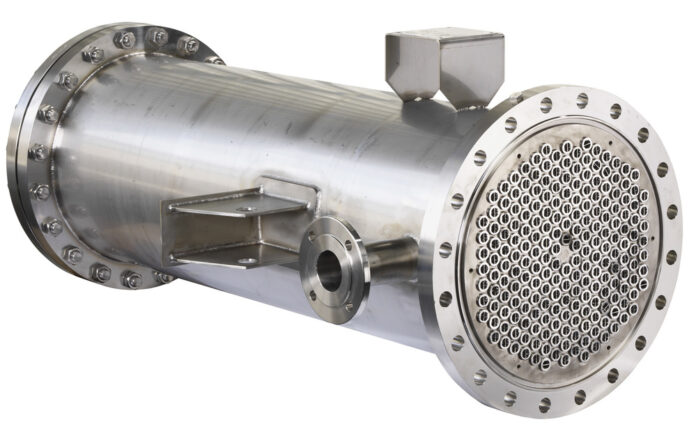If you live in a cold place, you must ensure that your house is warm throughout the year. Mechanical ventilation systems are great at keeping your home warm and reducing energy costs. The best way to do this is with a passive house heat exchange system. It can help reduce heat loss and improve indoor air quality by using natural ventilation methods instead of expensive HVAC systems or electric heaters.
You Can Save Money With Mechanical Ventilation And Heat Recovery
The mechanical ventilation and heat recovery is an efficient way to make your house warm. It works as a whole-home ventilation and heat recovery system. It means that it not only helps you save money on electricity bills but also reduces your carbon footprint and increases comfort and indoor air quality.
The heat system uses the existing air source to heat or cool your home by recovering the waste energy from hot exhaust air in ducts or cold return air in ducts of the HVAC unit. The recovered energy can be used to supply warm fresh air into the home, heat domestic hot water, or reuse it for further heating or cooling needs without wasting any more electricity or gas.
Many types of these systems are available in the market, which varies according to their features: some are compact modular types, while others are larger-scale installations requiring extensive installation work such as basement remodelling.
 You Can Get Better Indoor Air Quality With A Passive House Ventilation System
You Can Get Better Indoor Air Quality With A Passive House Ventilation System
Air exchange is essential. And it takes place in your home through the passive house ventilation system, which uses an exchanger vent to bring in fresh air while extracting stale air out of the house.
It can be done using mechanical ventilation or a passive house exchanger.
Mechanical ventilation introduce fresh outside air into your home by drawing it through an array of fans that push heated indoor air out through exhaust ducts connected to the heating and cooling system’s venting network (also known as a “stack”), which helps eliminate moisture from inside your home. It also works for reverse-cycle systems where cold outdoor night temperatures can be used during warmer days, as well as solar heating panels on roofs or walls that moderate temperature fluctuations produced by sun exposure over timeframes more extended than what would otherwise occur naturally throughout a 24-hour day cycle–which reduces energy use considerably!
Keep Your House Warm Throughout The Year With Home Heat Recovery
Do you ever think about your house’s air conditioner or the furnace? Did you know these are just two examples of how heat recovery is used to help reduce heating costs?
Home heat recovery is a process that captures heat from one source and uses it to heat another. There are many ways this can happen:
- Heat may be transferred from one fluid to another where there is a temperature difference between them (for example, cool water flowing through coils in an air conditioning unit).
- Heat may be transferred through industrial processes such as distillation or evaporation. This type of system uses refrigeration cycles that capture waste heat and use it again for heating purposes in residential homes, commercial buildings and other environments where heating systems require supplemental equipment such as boilers or ventilation units
Passive House Heat Exchanger Gives You Fewer Electricity Bills
To clarify, a passive house heat exchanger is a device that uses the heat from one source to heat another. It can be used in heating and cooling systems. For example, solar panels create heat which would usually be wasted if not used properly. A passive exchanger will transfer this extra energy into your home’s central heating system or radiator and help you reduce your electricity bill.
Heat exchangers, also known as ventilators, use convection to transfer heat from one area to another. So if you have an underfloor heating system, there may be room for improvement by installing more vents than what comes with the system itself – this will help circulate warm air throughout your home instead of just one room at a time!
A passive exchanger can be used in many different ways. For example, if you have a solar panel on your roof or windows that is generating heat and you don’t have any way of using it, it can be transferred into the home’s central heating system. It will help reduce your electricity bill by as much as 50%!
Heat Exchange System For Home
Heat exchange system for home is a standard solution to the problem of heating and cooling your home. One type of heat system is a passive house system, which uses the building’s structure to remove the heat from the air inside. This system works by having incoming fresh air pass through an opening in the wall and be sucked into a duct. As this happens, it gives over an exchanger (basically just a metal plate), which transfers its collected body heat from outside your home back into the house as warm air.
The great thing about this type of system is that it doesn’t require any power at all! It does require some initial setup and installation costs, though, especially if you already have an existing home without proper ductwork installed (you can do this yourself). So before deciding whether or not installing one would benefit your situation, consider: how much money do I want to spend? How much labour am I willing put into making my DIY solution workable? How much time do I have available during the construction phase? Would using something like this save me money in terms of energy usage over traditional methods?
Heat Exchanger Vent Reduces The Carbon Footprint
In a world where the human race depends on fossil fuels to power its everyday activities, we must do everything possible to reduce our carbon footprint. A heat exchanger vent is one way you can do this.
Heat vents are also great for saving money on utility bills because they allow you to use less electricity when heating your home or business. They also improve your living conditions by providing hot air without using excessive energy and resources (like propane). Finally, using these heat systems can help save energy by ensuring that no excess heat goes unused or wasted by simply going up into space or out through a window where it can be used again later on down the road.
The House Heat Exchanger Can Reduce Heat Loss And Improve Your Living Conditions
A house heat exchanger uses fluid as the medium to transfer heat from one object to another. This device can be used in different ways, depending on your goal. The most common heat exchanger used is heating or cooling the air inside your home. It can also be used for heating or cooling water in your home.
To ensure you get the most out of this powerful addition to your house, you must understand how they work and what makes them so effective at keeping things warm in cold climates.
Conclusion
I hope this article has given some reasons why it’s worth investing in a heat system for your home. It is one of the best ways to save money on your energy bills and improve air quality. Please contact us anytime if you have any questions about our products or services.
Related Websites
Articles on Blogshunt
Articles on Blogseu
Articles on Blogspeoples
Articles on Thebigblogtheory
Articles on Allcityforums

